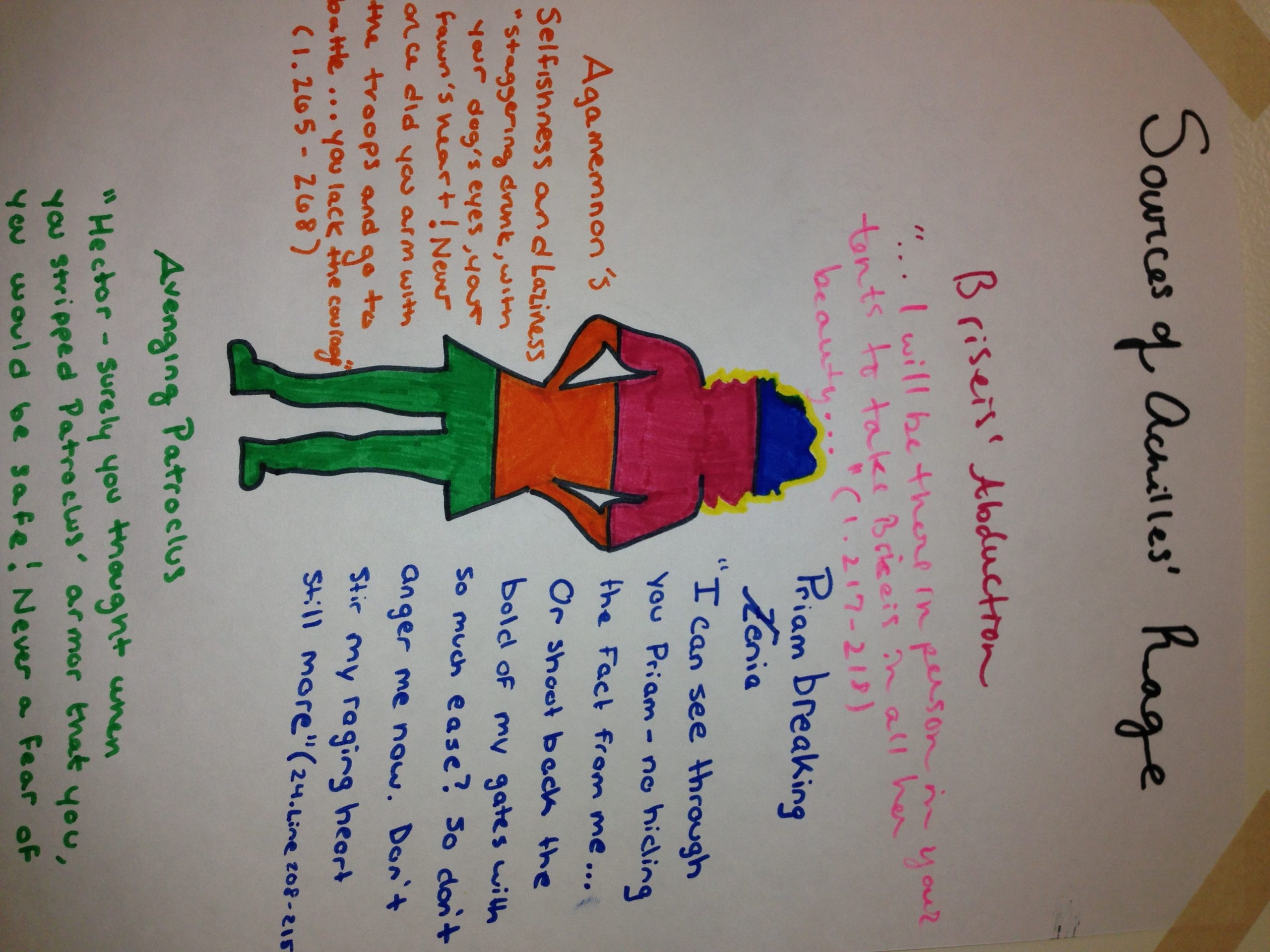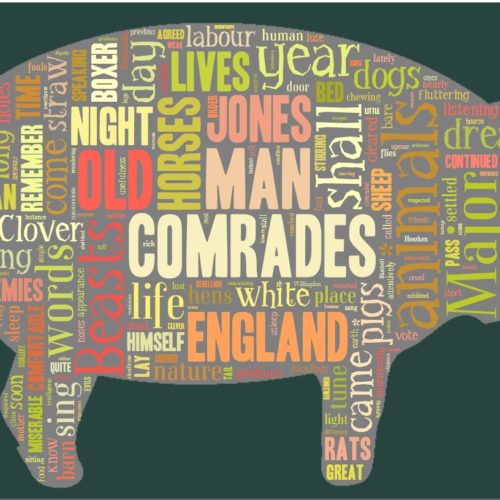Infographics proliferate news and social media. Students must be able to understand and critically interpret them, and the skills involved in doing so do not differ much from the skills involved in close reading—comprehending words, making inferences, and drawing conclusions. The visual layout of infographics helps our brains ingest the information presented, but the structure…
Teaching and the Tao
One of my favorite poems, which I turn to often, sums up my philosophy of teaching. It’s from the Tao te Ching, the ancient text on living and leading by Lao Tzu. The 81 poems in this classic work are sometimes not translated as poems at all, but I enjoy them in the broken lines…
10 Fun Ways to Teach with Wordle and Tagxedo
Everyone knows Wordle.net can create intriguing “word clouds” that are fun to look at, but did you know that Wordle (or its new counterpart, Tagxedo) can be a powerful teaching tool? I recently wrote an article for Middleweb.com about how Wordle can help students dive more deeply into texts: 10 Cool Ways to Teach with…
10 Findings about Class Size
Every teacher knows it: Smaller classes are better for students. We can interact with each student more. They can interact with each other more. They are more engaged, more interested, and less distracted. The class as a whole is more easily managed, preserving precious class time. We can give more individualized feedback on their work….
Students as Contemplatives
One misconception I have to tackle every year is the average student’s belief that she “has nothing to write.” Students think that because their lives are “normal” or “middle / lower / upper class” or “happy / sad” that they have nothing worth writing about. This is, of course, untrue. Good writing comes from our…





